Industry
Explore Insights, Tools, and Answers
Stay informed with the latest in shipping automation and logistics. From expert articles and upcoming events to product videos and helpful FAQs, our resource center is here to support your operations and keep you ahead of the curve.
-
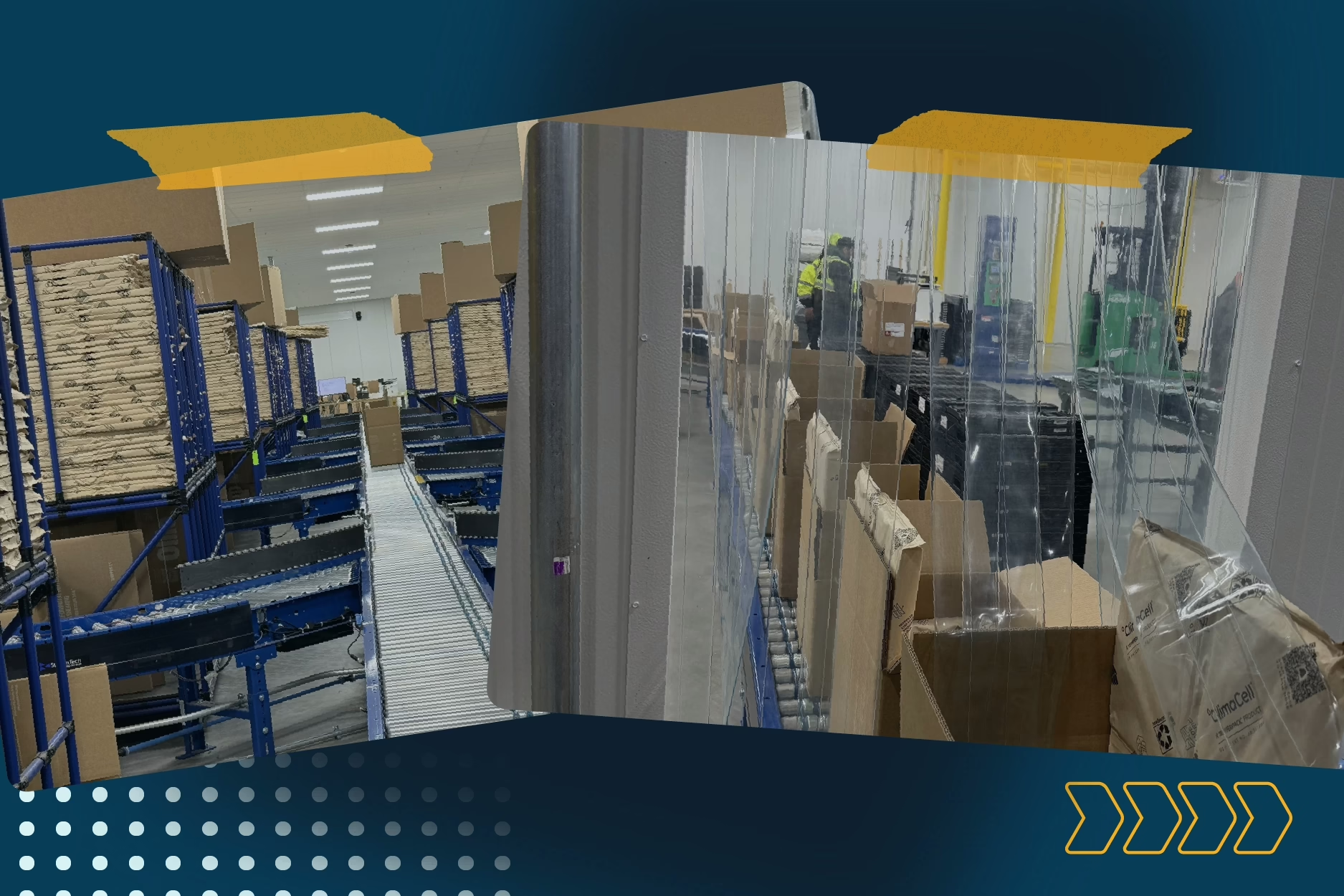 Industry
IndustryCold Chain Logistics: Automating for Freshness, Consistency and Scale
-
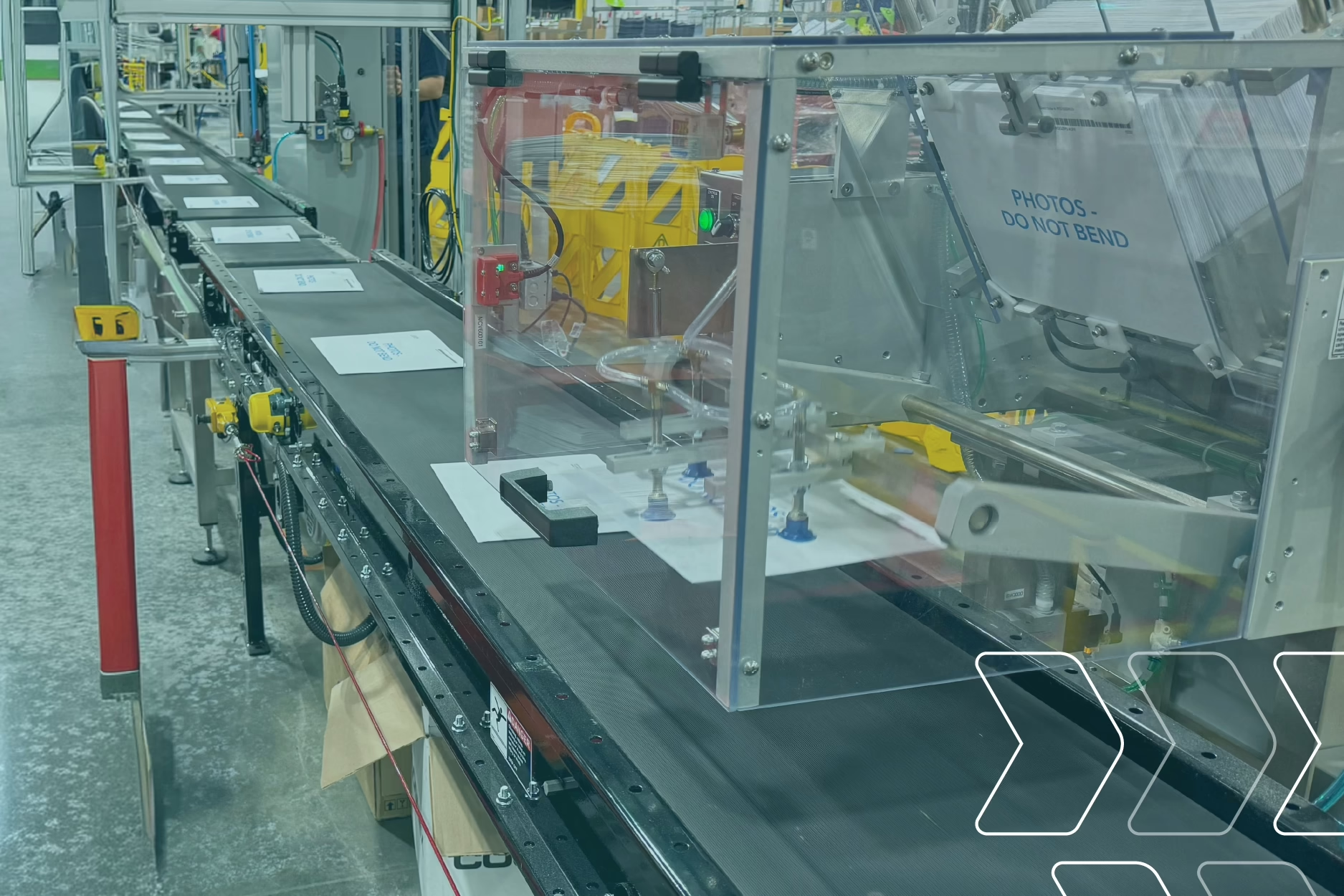 Industry
IndustryPrint On-Demand Fulfillment: Solving Challenges for Flats, Canvases, and Other Custom Printed Goods
-
 Industry
IndustryA Prescription for Precision: How to Develop Dependable Warehouse Fulfillment in Healthcare
-
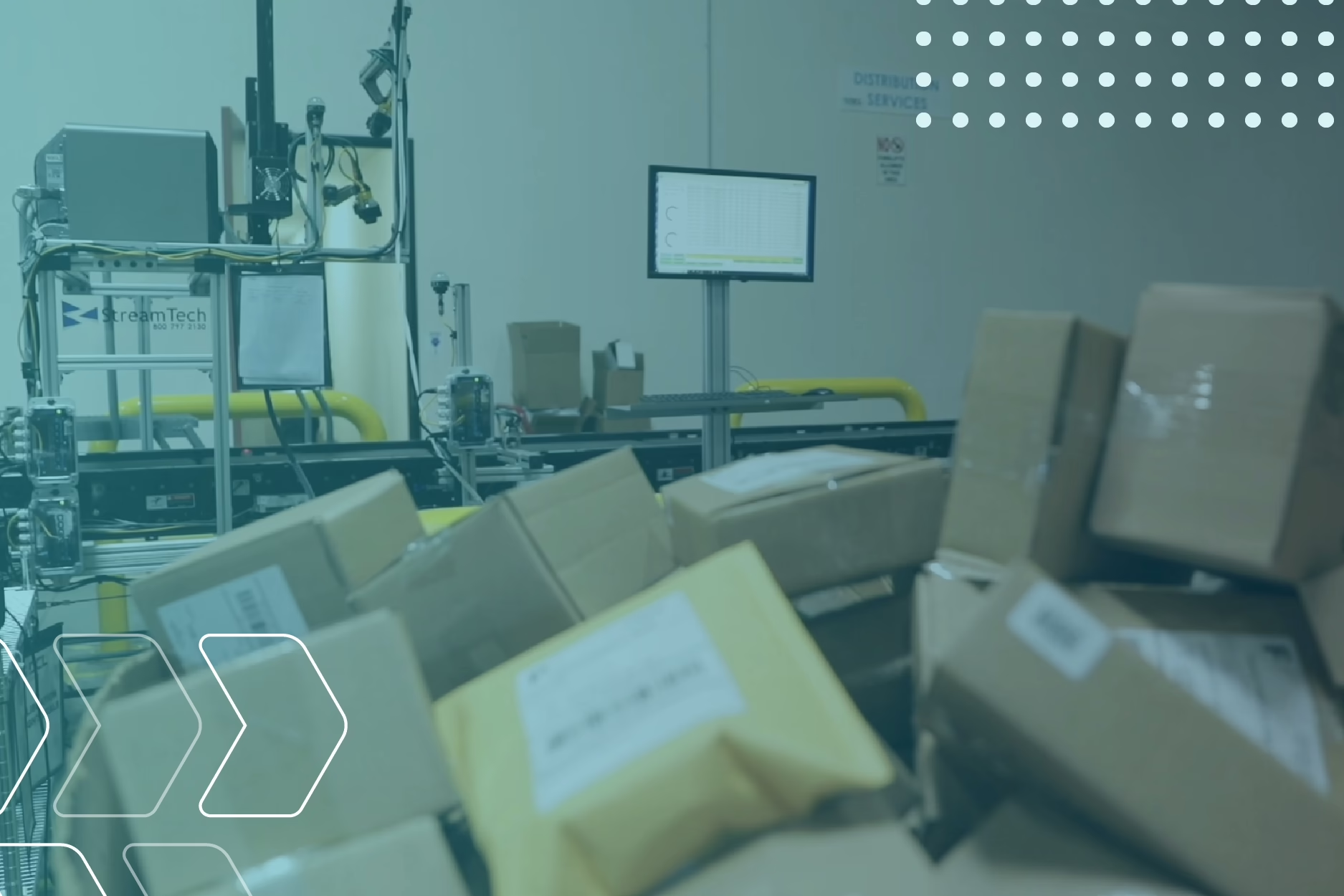 Industry
IndustryCommon Pain Points for 3PLs
-
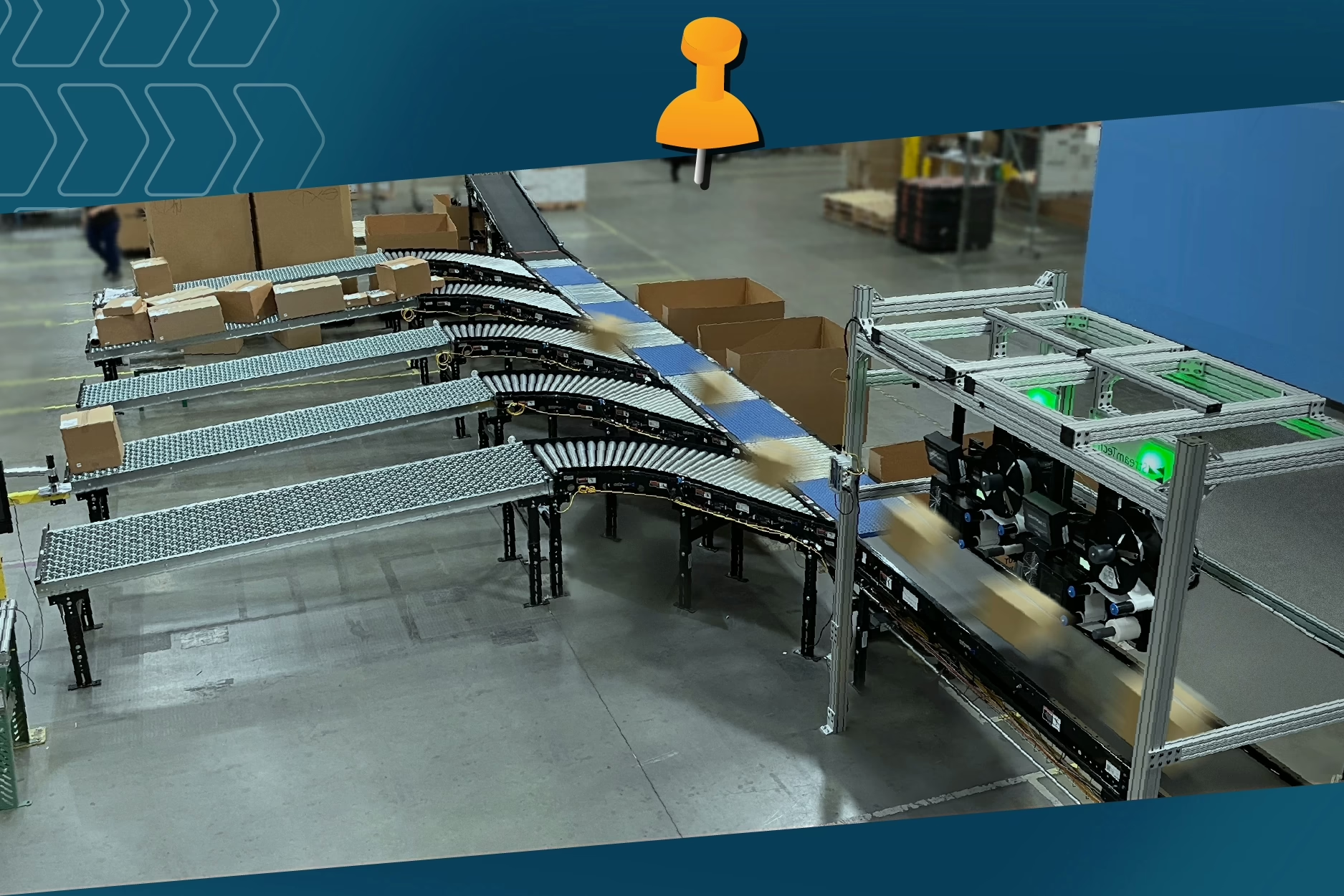 Industry
Industry3PL Fulfillment Automation: Transforming Processes for Operational Efficiency
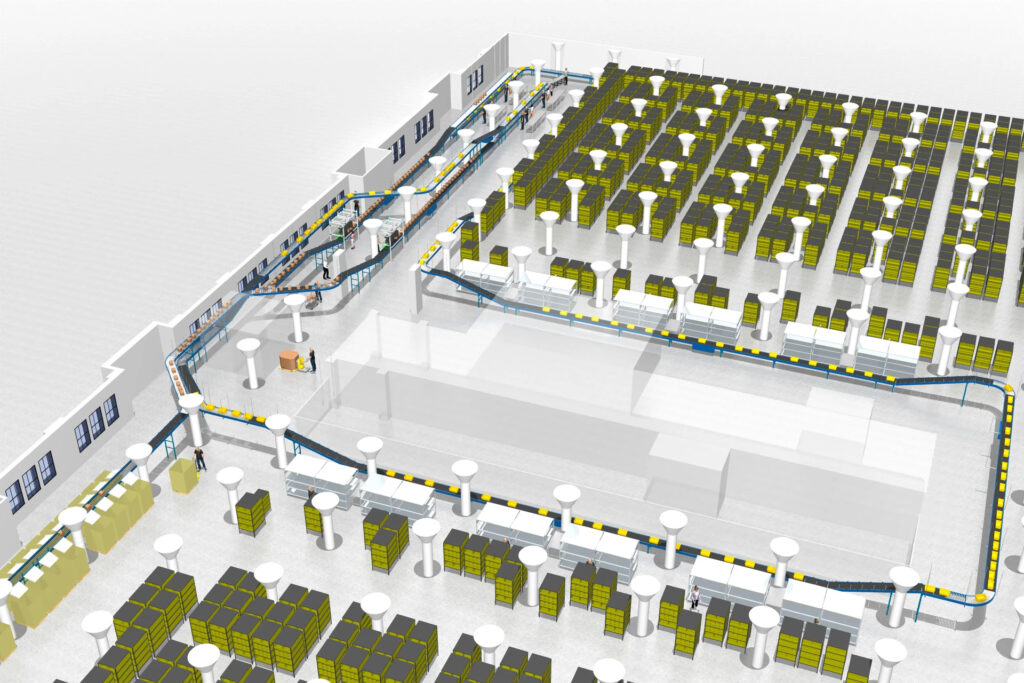
Ready for Automation?
Share your fulfillment challenge with us and we’ll design a custom solution for your business before you sign a contract
"*" indicates required fields